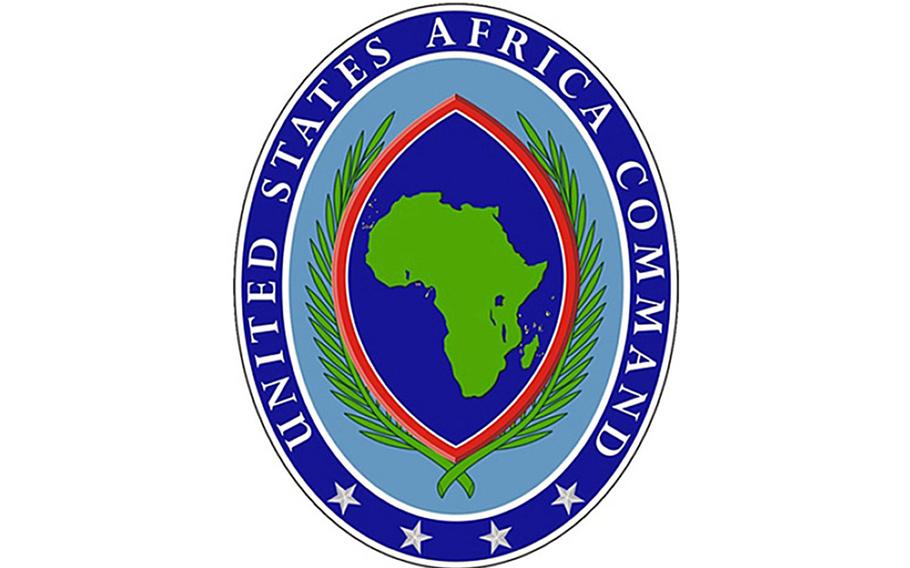
The U.S. military launched strikes against the militant groups al-Shabab and ISIS-Somalia recently, according to a U.S. Africa Command statement. The command has carried out roughly 50 airstrikes in Somalia since the start of the year, data show. (U.S. Africa Command)
STUTTGART, Germany — The U.S. military has launched its most intensive Somalia bombing campaign on record, carrying out more than 50 airstrikes in the country since the start of the year, U.S. Africa Command strike data show.
The most recent offensives came Friday, with an airstrike in southern Somalia against longtime nemesis al-Shabab and a separate unspecified operation that targeted fighters from an Islamic State offshoot in the country.
AFRICOM and its partners continue “to take action to degrade ISIS-Somalia’s ability to plan and conduct attacks that threaten the U.S. homeland, our forces, and our citizens abroad,” the command said in a statement Saturday about its military operation conducted a day earlier against ISIS.
So far this year, there have been 52 airstrikes in Somalia, according to AFRICOM. That far exceeds the number of strikes conducted in recent years and puts the command on a pace to easily eclipse 2019’s record of 63 strikes in the country.
Specific details about units and assets involved in the operation against ISIS were not be released for security reasons, AFRICOM said.
However, the counterterrorism office in Somalia’s Puntland region said in a statement on X that U.S. forces were involved in an operation that led to the capture of multiple ISIS leaders.
The emergence of ISIS in Somalia has sparked a surge of U.S. military activity in the country, where American troops have long been involved in efforts to degrade al-Shabab, which is linked to al-Qaida.
American forces provide support to the Somali central government as it attempts to keep al-Shabab at bay. Besides airstrikes, AFRICOM’s ongoing missions there involve training and advising local ground forces.
The uptick coincides with a January directive by Defense Secretary Pete Hegseth that granted more decision-making authority on airstrikes to AFRICOM commanders.
Increased concern about the risk that ISIS fighters will take root in the country also has factored into matters.
AFRICOM’s Gen. Michael Langley, during testimony last month in Washington, said ISIS now controls its global network from Somalia.
“We’ve been pressuring ISIS in the Golis Mountains significantly,” Langley said.
As of May, the group’s Somalia cell had grown from about 500 fighters to 1,500 over the past 18 months, and roughly 60% of the members are from outside Somalia, according to AFRICOM.
The majority of recent airstrikes in Somalia have been directed at ISIS fighters. But AFRICOM also continues to target al-Shabab, which the U.S. considers the largest terrorist group in Africa, with an estimated 7,000 to 12,000 fighters.
On Friday, AFRICOM launched a strike against al-Shabab near the city of Sabiid in southwestern Somalia.